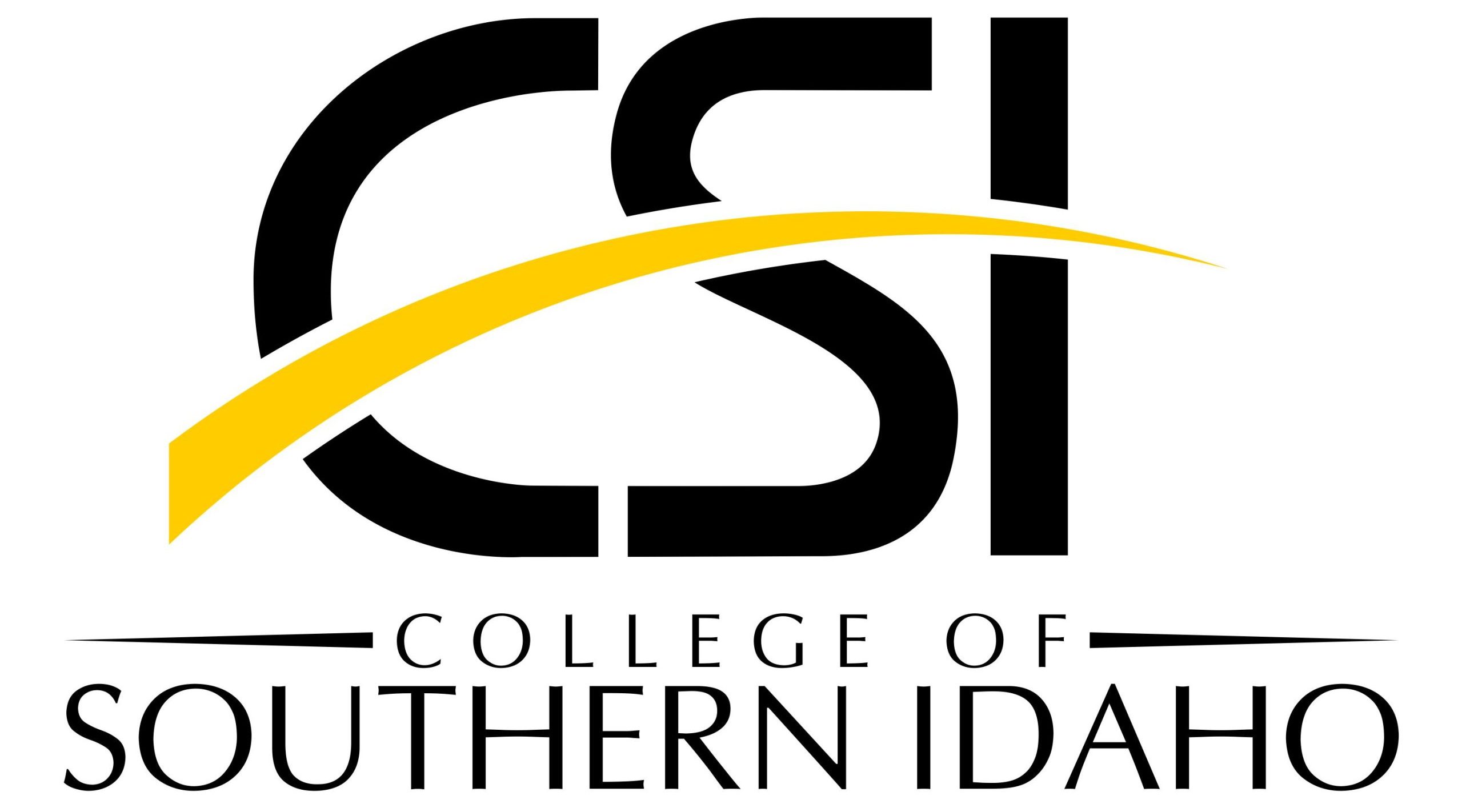“It takes a village to raise a child.”
“Lean on me.”
“We’re walking each other home.”
Arguably, a significant part of the American psyche relies upon the individual ability to sustain and care for oneself, to go it alone, to “man up” and do what needs to be done. Poor Richard Almanac is the source for that most American of ideals, to pull oneself up by one’s own bootstraps. That individualism is alive and well in the American educational system. We insist on each person doing their own work, and definitely giving credit where credit is due. To one degree or another, we live in fear of being accused of plagiarizing. And if we live with that fear, students carry that dread even more than we do.
The image in our heads of the genius writer is often of a person alone in a room with a pen and paper, or a typewriter, or a computer, toiling away in lonely solitude, seeking the touch of the muse, but knowing that the real work of writing is as simple as opening a vein.
And yet…
No published author’s work[1] reaches its audience without the collaboration, insight, editing, and proofreading (to name just a few steps in the process) of a large group. Publishing houses employ dozens or hundreds of people to help one author’s work appear on bookshelves. And prior to publishing, author’s often invite peers, family members, and trusted friends to read and comment on drafts.
Why, then, do we often expect inexperienced writers who are grappling with novel content, heightened expectations, and varying demands from myriad instructors to manage the entire process entirely alone?
One of the ways that connections support and improve student work in online classes is the multiple perspectives that come from peers, instructors, the authors of any readings in the course, guest lecturers, and so forth. All of these perspectives influence a learner’s point of view during the timeframe of the course (and that point of view will, in the best of cases, change as the data, experience, and feedback the learner becomes aware of also change).
As we’ll see in a later chapter, one of the most meaning connections for learners is the feedback that comes from all kinds of interactions, both intentional and incidental (though in an online course, all interactions are–to one degree or another–structured and intentional). Peer review, structured feedback on drafts, and many forms of grading constitute excellent feedback that allows learners to modify their knowledge and skills as they move through the course. [2] Timely, human-centered, and ongoing feedback works best when learners and instructors trust one another and have developed a minimal kind of rapport. We don’t have to become friends with the learners in our courses, but getting to know them and making meaningful connections with them enhances every element of online instruction.
Connections between learners, instructors, and content help to situate the learning in meaningful contexts. And working on course content with someone the learner trusts enhances the learner’s ability to connect it with their lives, goals, and interests.
Effective, learner-centered course design creates connections between learners, instructors, and content such that cognitive load is spend on content and its integration into meaningful knowledge systems across the domains of a learner’s program of study and not on figuring out what the course or the instructor or the task at hand ask the learner to do. The course should just work. That is, it should be clear where learners begin, what they do when, and how to help when such is needed.
Clear course design does not preclude learners from grappling with the deep, important, and often vexing problems of course content. Rather, it clears the way for them to grapple with those issues and not with finding where the assignment page is or what the order of tasks is to be.
- except self-published works, perhaps ↵
- For example, an early draft of an essay can benefit greatly from conversations about that draft between its author and any number of other people (instructor, peers, family members, roommates, writing groups, etc.). Reviewing the results of an early exam with learners is another way to offer meaningful feedback in time for it to make a difference for the learner's future performance in this course. ↵

